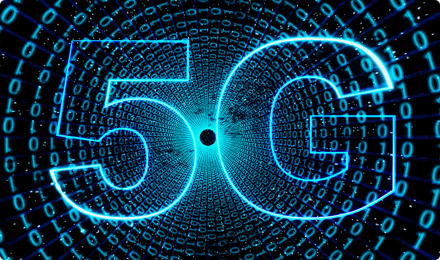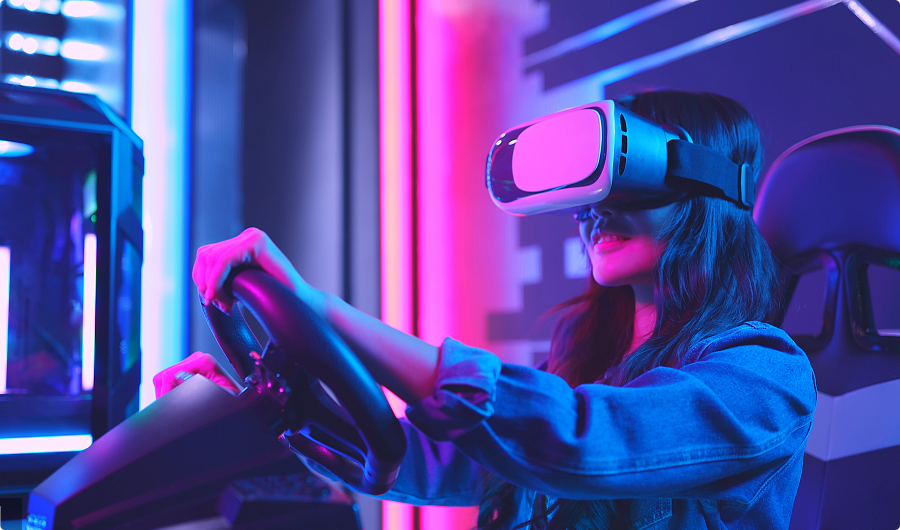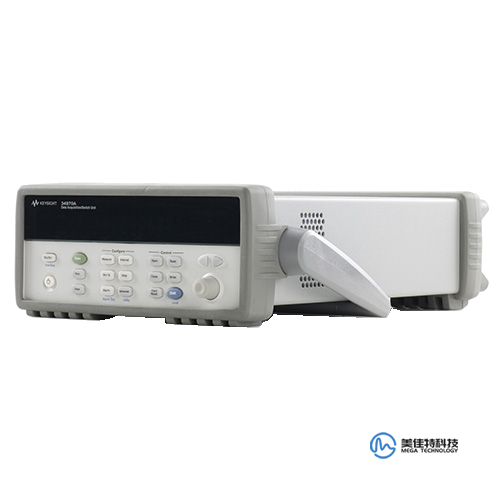WiFI
At the same time, the market is also putting forward new demands for product design, form and function. With the upgrading of technology, including the application of a range of emerging technologies like 5G technology, IoT concepts, optical innovations, new materials, etc., innovation is driving the entire chain of consumer electronics. Likewise, it also poses a higher challenge to the hardware design, high-speed signal analysis performance monitoring, security protection and other testing aspects of the product.
Wireless Communication
Technology developments in the fields of 5G, Internet of Things (IoT), and artificial intelligence require hardware for wearable, mobile tablet, home appliances, and other consumer electronics to support multiple wireless platforms, and how to ensure stability and interference with interoperability and interconnectivity between different device technologies or communications presents unique challenges to designers, engineers, and manufacturers.


High-speed digital signals
Over the past decade, a large number of bandwidth-intensive applications have grown exponentially. The appetite for bandwidth for video-on-demand, voice over IP, cloud computing, and storage technologies is enormous, and these technologies are evolving to support the concept of the Internet of Things with billions of new devices that will be connected at an unprecedented rate, such as smartphones, tablets, personal computers (PCs), and home entertainment systems. You need to adopt the next generation of high-speed digital standards for designing consumer electronics. Whether it's MIPI (Mobile Industry Processor Interface) for mobile devices, HDMI (High Definition Multimedia Interface) for digital audio or video, or USB (Universal Serial Bus) for a broader range of consumer electronics, each new generation of technology brings new testing challenges.
Display Quality
Augmented reality (AR), virtual reality (VR) and mixed reality (MR) devices are rapidly growing in their use in life, and displays viewed under near-eye conditions (such as those found in AR/VR devices) can create immersive virtual experiences. However, as the display image is magnified to fill the user's field of view, display defects will also be magnified. As the user's eyes are only a few centimeters away from the monitor screen, issues such as brightness and chromaticity uniformity, dead pixels, line defects, cloud spots, and image placement will become more apparent. In these cases, monitor quality testing is a critical step for product quality control.

Low Power Testing
Depending on the specific use environment and application, different electronic devices have different requirements for battery life, but as digital products place higher demands on size and endurance, the low-power design of the product is particularly important.


DAQ970A Keysight
• Wide voltage and current ranges
• BenchVue software license BV0021B included with U2741A

34970A keysight
• 6 1/2-bit (22-bit) built-in digital multimeter that scans up to 250 channels per second
• 8 switch and control plug-in modules to choose from









